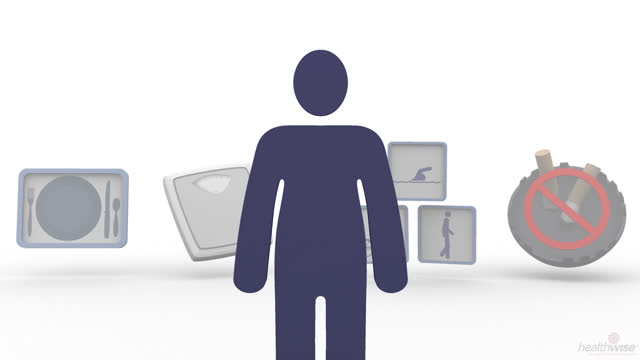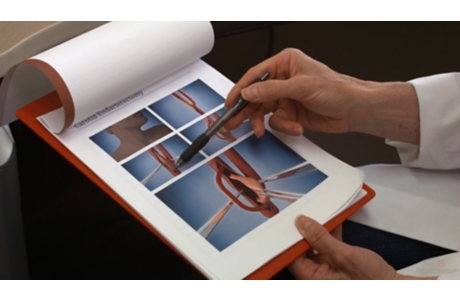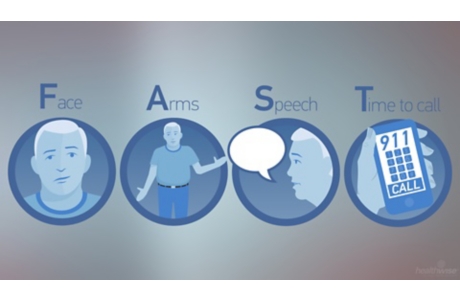Heart Attack and Stroke Risk Screening
Topic Overview
Your doctor may talk with you about your risk for heart and blood flow problems, including heart attack and stroke. You and your doctor can use your risk to decide whether you need to lower it and what treatment is best for you.
What might you be at risk for?
Your doctor is checking your risk of having a problem called atherosclerosis, or hardening of the arteries. It is the starting point for most heart and blood flow problems. These include heart disease and peripheral arterial disease.
Your doctor might talk to you about your risk of having a heart attack or a stroke in the next 10 years.
How does your doctor check your risk?
Your doctor looks at things that put you at risk for a heart attack and stroke. Your doctor might check:
- Your cholesterol levels.
- Your blood pressure.
- If you have diabetes.
- Your age, sex, and race.
- If you smoke.
- If you have a family history of early heart disease. Early heart disease means you have a male family member who was diagnosed before age 55 or a female family member who was diagnosed before age 65.
- Results of tests such as C-reactive protein, coronary calcium scan, or ankle-brachial index.
Calculators.Your doctor might use a tool to calculate a risk score for you. There are different tools that doctors use. These tools are not perfect. They may show that your risk is higher or lower than it really is. But these tools give you and your doctor a good idea about your risk.
What do you do with your risk?
Knowing your risk is just the starting point for you and your doctor. Knowing your risk can help you and your doctor talk about whether you need to lower your risk. Together, you can decide what treatment is best for you.
References
Other Works Consulted
- Goff DC Jr, et al. (2013). 2013 ACC/AHA guideline on the assessment of cardiovascular risk: A report of the American College of Cardiology/American Heart Association Task Force on Practice Guidelines. Circulation, published online November 12, 2013. DOI: 10.1161/01.cir.0000437741.48606.98. Accessed November 22, 2013.
- National Cholesterol Education Program and National Heart, Lung, and Blood Institute, a part of the National Institutes of Health and the U.S. Department of Health and Human Services. (2004). Risk Assessment tool for estimating your 10-year risk of having a heart attack. Available online: http://hp2010.nhlbihin.net/atpiii/calculator.asp.
- Stone NJ, et al. (2013). 2013 ACC/AHA guideline on the treatment of blood cholesterol to reduce atherosclerotic cardiovascular risk in adults: A report of the American College of Cardiology/American Heart Association Task Force on Practice Guidelines. Circulation, published online November 12, 2013. DOI: 10.1161/01.cir.0000437738.63853.7a. Accessed November 18, 2013.
- U.S. Preventive Services Task Force (2009). Using nontraditional risk factors in coronary heart disease risk assessment. Available online: http://www.uspreventiveservicestaskforce.org/uspstf/uspscoronaryhd.htm.
Credits
Current as ofApril 9, 2019
Author: Healthwise Staff
Medical Review: Rakesh K. Pai, MD – Cardiology, Electrophysiology
Martin J. Gabica, MD – Family Medicine
Adam Husney, MD – Family Medicine
E. Gregory Thompson, MD – Internal Medicine
Current as of: April 9, 2019
Author: Healthwise Staff
Medical Review:Rakesh K. Pai, MD – Cardiology, Electrophysiology & Martin J. Gabica, MD – Family Medicine & Adam Husney, MD – Family Medicine & E. Gregory Thompson, MD – Internal Medicine








